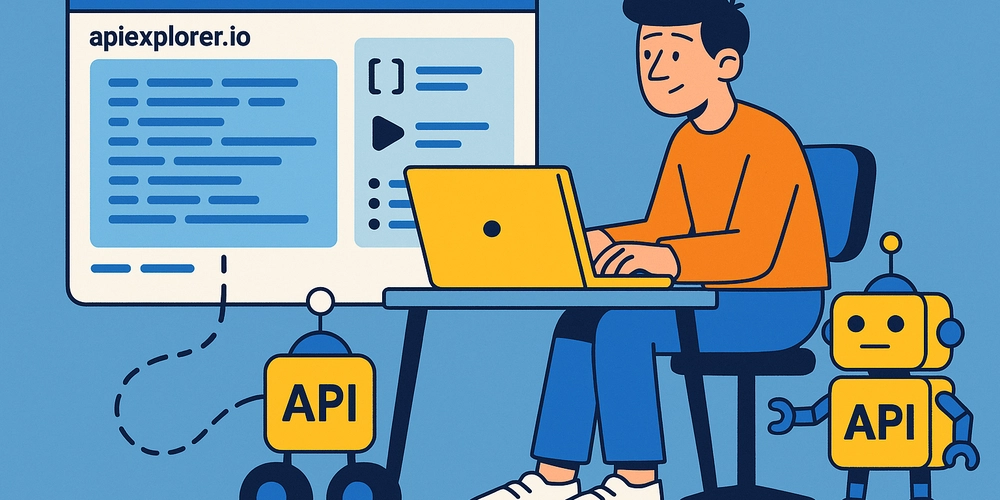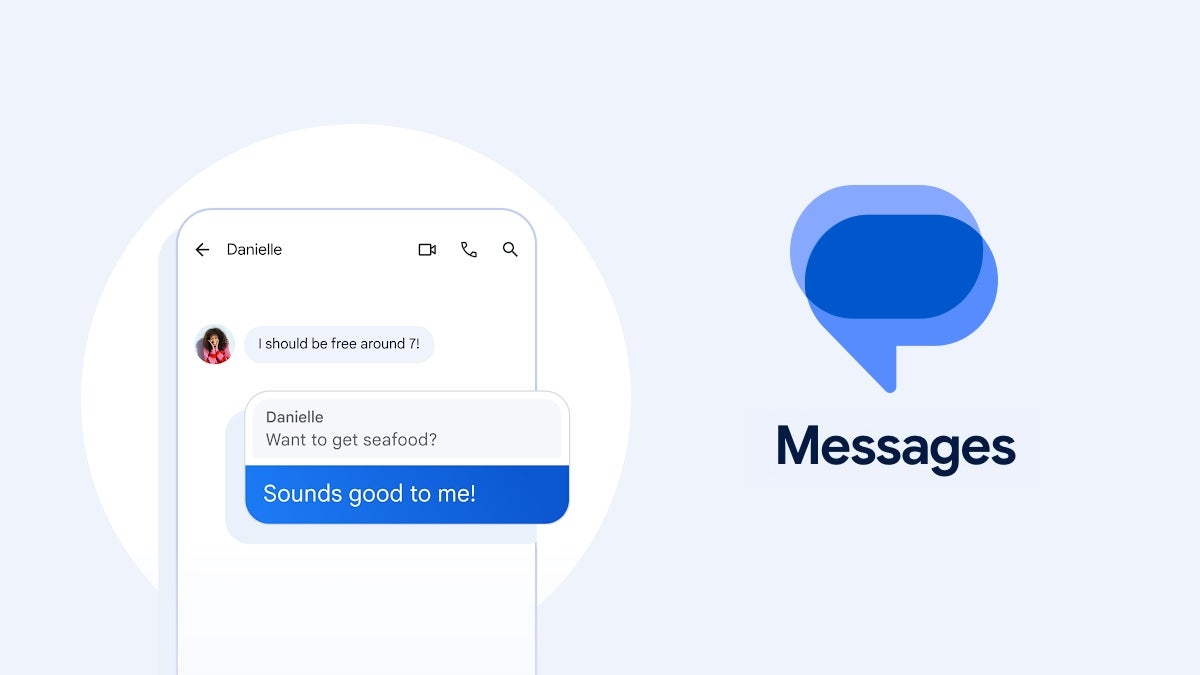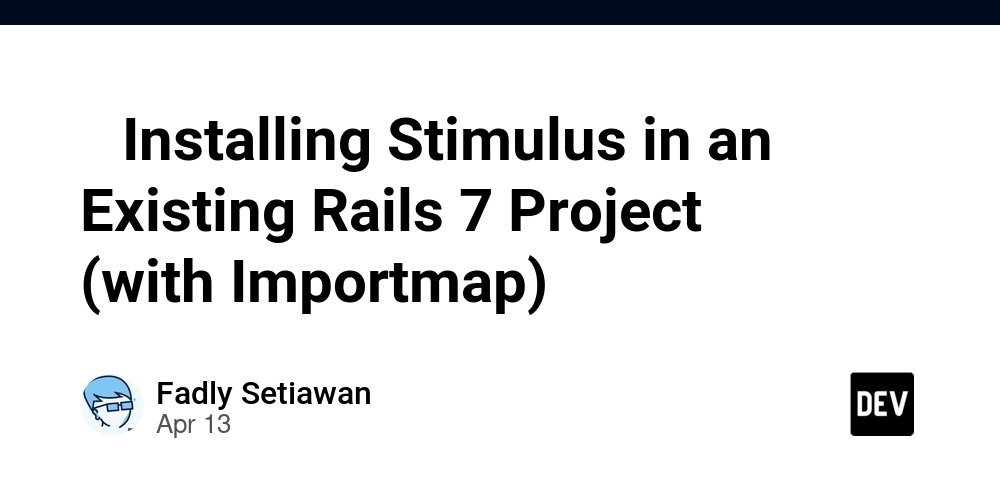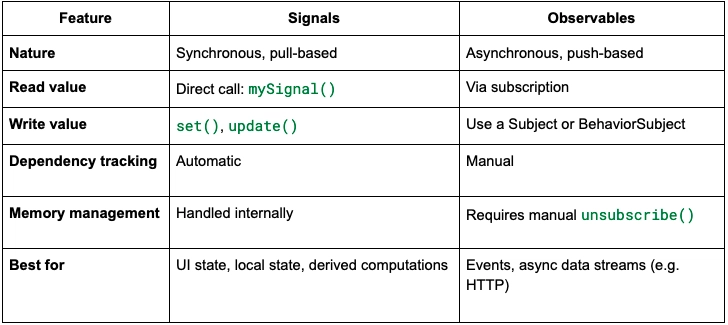How to Use apiexplorer.io to Prototype Your Next Integration
I’ve been burned more than once starting integration projects with API docs that are out of date, confusing, or just plain nonexistent. Even when the docs are fine, it’s still a slow crawl trying to get a test environment up, mock responses, and figure out what the API actually does under the hood. So we built a better way: apiexplorer.io. If you haven’t checked it out yet, here’s how I use it—combined with Martini—to go from “I have an idea” to “I’ve got something working” in less time than it takes to get through a typical Slack thread. Why apiexplorer.io Exists (And Why It’s Useful) We created apiexplorer.io at Lonti because we got tired of trying to build integrations using placeholder APIs like Swagger’s Pet Store. The APIs on apiexplorer.io are: Enterprise-style (think CRM, Payments, Inventory, Financials) Fully documented (OpenAPI specs + real examples) Testable in-browser with live UIs and Explorer tools Free to access with instant API keys This isn’t some sandbox for beginner tutorials—it’s a serious playground for prototyping real integrations. Here’s What My Typical Flow Looks Like Let’s say I want to build an integration between a CRM and a payments platform. I want to test a workflow where new customers automatically trigger invoice creation. Here’s how I’d do it: 1. Grab Your API Key Go to apiexplorer.io, sign up (free), and you’ll get an API key right away. No waiting, no sales calls, no friction. 2. Explore the APIs I check out the CRM and Payments APIs using the built-in explorer. It gives me all the endpoints, sample payloads, and even a real frontend so I can see how the data looks. This is great because I can actually see how the API behaves—not just read about it. 3. Import into Martini Now I launch Martini, our low-code platform for API integration and automation. I drop in the OpenAPI specs from apiexplorer.io, and boom—Martini generates service connectors I can use instantly. No scaffolding, no hand-written HTTP requests. 4. Wire Up a Workflow Using Martini’s visual builder, I hook up the logic: When a new customer is added to the CRM, Trigger a call to the Payments API, Auto-create an invoice and send a confirmation email. It all happens in one workflow. Need to map data? Martini has a visual mapper. Want to drop in custom logic? Use Groovy, JavaScript, or even Bash. In an hour, I’ve gone from nothing to a working prototype that behaves like the real thing. Why This Stack Works for Me Fast feedback loop: I don’t waste time guessing what an API will return. Everything’s reusable: The same APIs and workflows I build in Martini can go straight into production. No vendor lock-in: Even though I’m using Martini and apiexplorer.io, these APIs work with anything—curl, Postman, Swagger UI, you name it. It’s real: I’m not mocking data or writing throwaway scripts. I’m building something that can scale. TL;DR Sick of bad API docs? Want to stop mocking and start building? Need a fast way to test integrations with real, working APIs? Try apiexplorer.io and pair it with Martini. It’s the fastest way I’ve found to build integration prototypes that actually work—and I think you’ll like it too. Got feedback or want to share what you built? Drop it in the Lonti Community. I’m always up for trading ideas.

I’ve been burned more than once starting integration projects with API docs that are out of date, confusing, or just plain nonexistent. Even when the docs are fine, it’s still a slow crawl trying to get a test environment up, mock responses, and figure out what the API actually does under the hood.
So we built a better way: apiexplorer.io.
If you haven’t checked it out yet, here’s how I use it—combined with Martini—to go from “I have an idea” to “I’ve got something working” in less time than it takes to get through a typical Slack thread.
Why apiexplorer.io Exists (And Why It’s Useful)
We created apiexplorer.io at Lonti because we got tired of trying to build integrations using placeholder APIs like Swagger’s Pet Store.
The APIs on apiexplorer.io are:
- Enterprise-style (think CRM, Payments, Inventory, Financials)
- Fully documented (OpenAPI specs + real examples)
- Testable in-browser with live UIs and Explorer tools
- Free to access with instant API keys
This isn’t some sandbox for beginner tutorials—it’s a serious playground for prototyping real integrations.
Here’s What My Typical Flow Looks Like
Let’s say I want to build an integration between a CRM and a payments platform. I want to test a workflow where new customers automatically trigger invoice creation. Here’s how I’d do it:
1. Grab Your API Key
Go to apiexplorer.io, sign up (free), and you’ll get an API key right away. No waiting, no sales calls, no friction.
2. Explore the APIs
I check out the CRM and Payments APIs using the built-in explorer. It gives me all the endpoints, sample payloads, and even a real frontend so I can see how the data looks.
This is great because I can actually see how the API behaves—not just read about it.
3. Import into Martini
Now I launch Martini, our low-code platform for API integration and automation. I drop in the OpenAPI specs from apiexplorer.io, and boom—Martini generates service connectors I can use instantly.
No scaffolding, no hand-written HTTP requests.
4. Wire Up a Workflow
Using Martini’s visual builder, I hook up the logic:
- When a new customer is added to the CRM,
- Trigger a call to the Payments API,
- Auto-create an invoice and send a confirmation email.
It all happens in one workflow. Need to map data? Martini has a visual mapper. Want to drop in custom logic? Use Groovy, JavaScript, or even Bash.
In an hour, I’ve gone from nothing to a working prototype that behaves like the real thing.
Why This Stack Works for Me
- Fast feedback loop: I don’t waste time guessing what an API will return.
- Everything’s reusable: The same APIs and workflows I build in Martini can go straight into production.
- No vendor lock-in: Even though I’m using Martini and apiexplorer.io, these APIs work with anything—curl, Postman, Swagger UI, you name it.
- It’s real: I’m not mocking data or writing throwaway scripts. I’m building something that can scale.
TL;DR
- Sick of bad API docs?
- Want to stop mocking and start building?
- Need a fast way to test integrations with real, working APIs?
Try apiexplorer.io and pair it with Martini. It’s the fastest way I’ve found to build integration prototypes that actually work—and I think you’ll like it too.
Got feedback or want to share what you built? Drop it in the Lonti Community. I’m always up for trading ideas.









































































































































































![[The AI Show Episode 144]: ChatGPT’s New Memory, Shopify CEO’s Leaked “AI First” Memo, Google Cloud Next Releases, o3 and o4-mini Coming Soon & Llama 4’s Rocky Launch](https://www.marketingaiinstitute.com/hubfs/ep%20144%20cover.png)



































































































































![From fast food worker to cybersecurity engineer with Tae'lur Alexis [Podcast #169]](https://cdn.hashnode.com/res/hashnode/image/upload/v1745242807605/8a6cf71c-144f-4c91-9532-62d7c92c0f65.png?#)























![BPMN-procesmodellering [closed]](https://i.sstatic.net/l7l8q49F.png)




















































































.jpg?#)
.jpg?#)
































































































































![CarPlay app with web browser for streaming video hits App Store [U]](https://i0.wp.com/9to5mac.com/wp-content/uploads/sites/6/2024/11/carplay-apple.jpeg?resize=1200%2C628&quality=82&strip=all&ssl=1)
![What’s new in Android’s April 2025 Google System Updates [U: 4/21]](https://i0.wp.com/9to5google.com/wp-content/uploads/sites/4/2025/01/google-play-services-3.jpg?resize=1200%2C628&quality=82&strip=all&ssl=1)












![Apple Releases iOS 18.5 Beta 3 and iPadOS 18.5 Beta 3 [Download]](https://www.iclarified.com/images/news/97076/97076/97076-640.jpg)
![Apple Seeds visionOS 2.5 Beta 3 to Developers [Download]](https://www.iclarified.com/images/news/97077/97077/97077-640.jpg)
![Apple Seeds tvOS 18.5 Beta 3 to Developers [Download]](https://www.iclarified.com/images/news/97078/97078/97078-640.jpg)
![Apple Seeds watchOS 11.5 Beta 3 to Developers [Download]](https://www.iclarified.com/images/news/97079/97079/97079-640.jpg)


































































































































